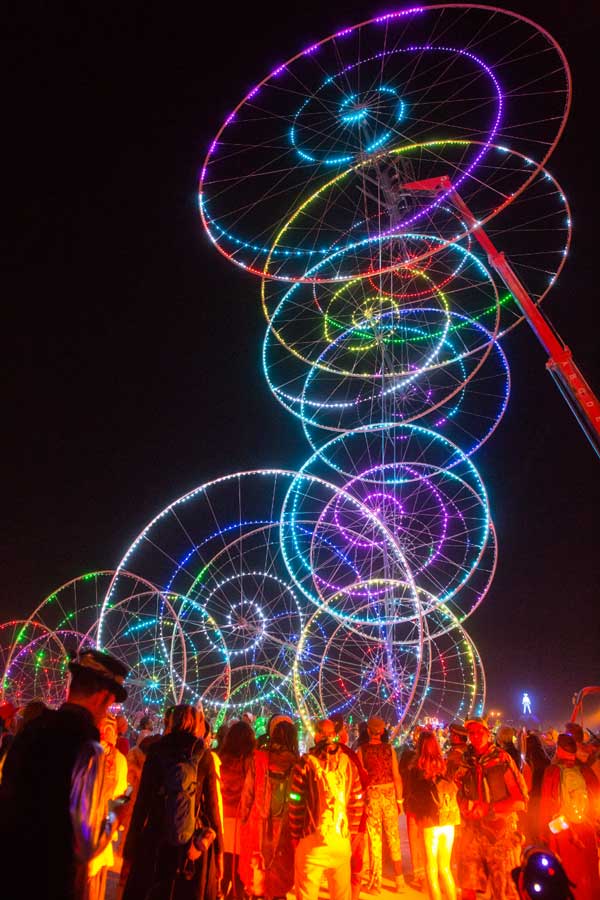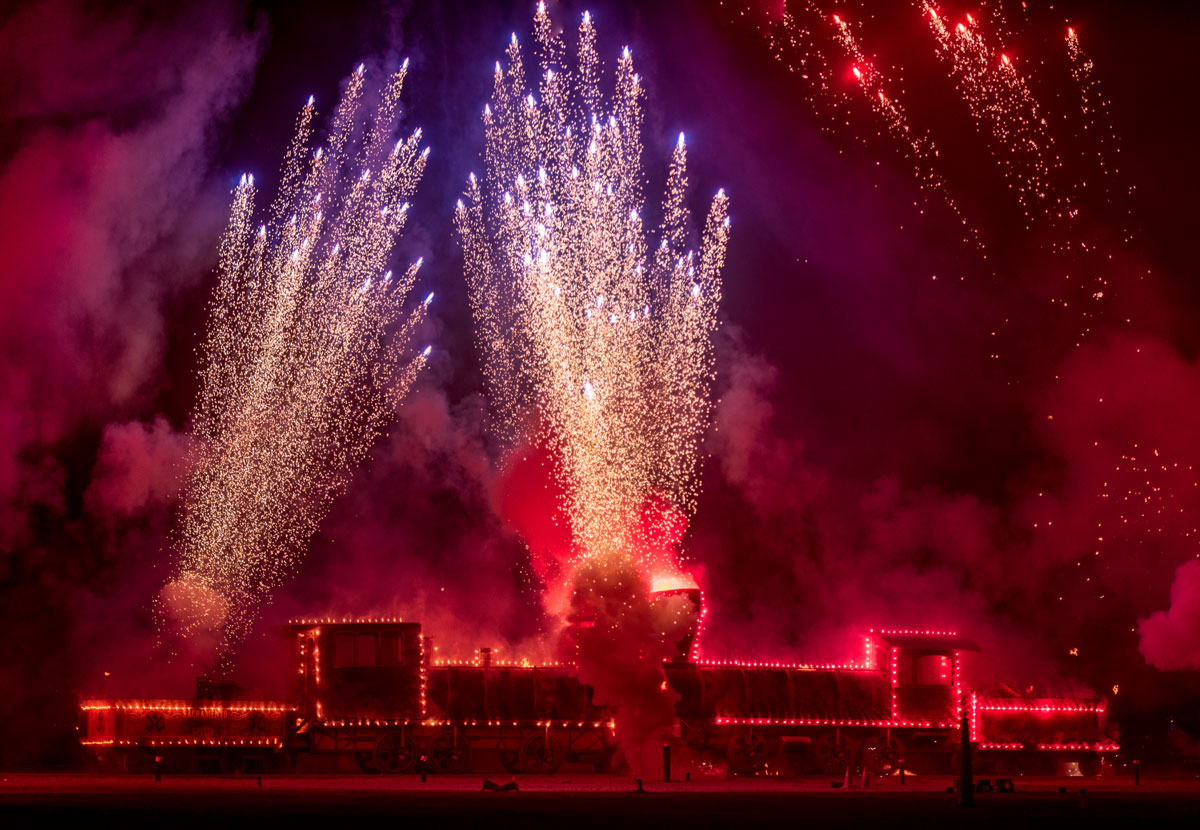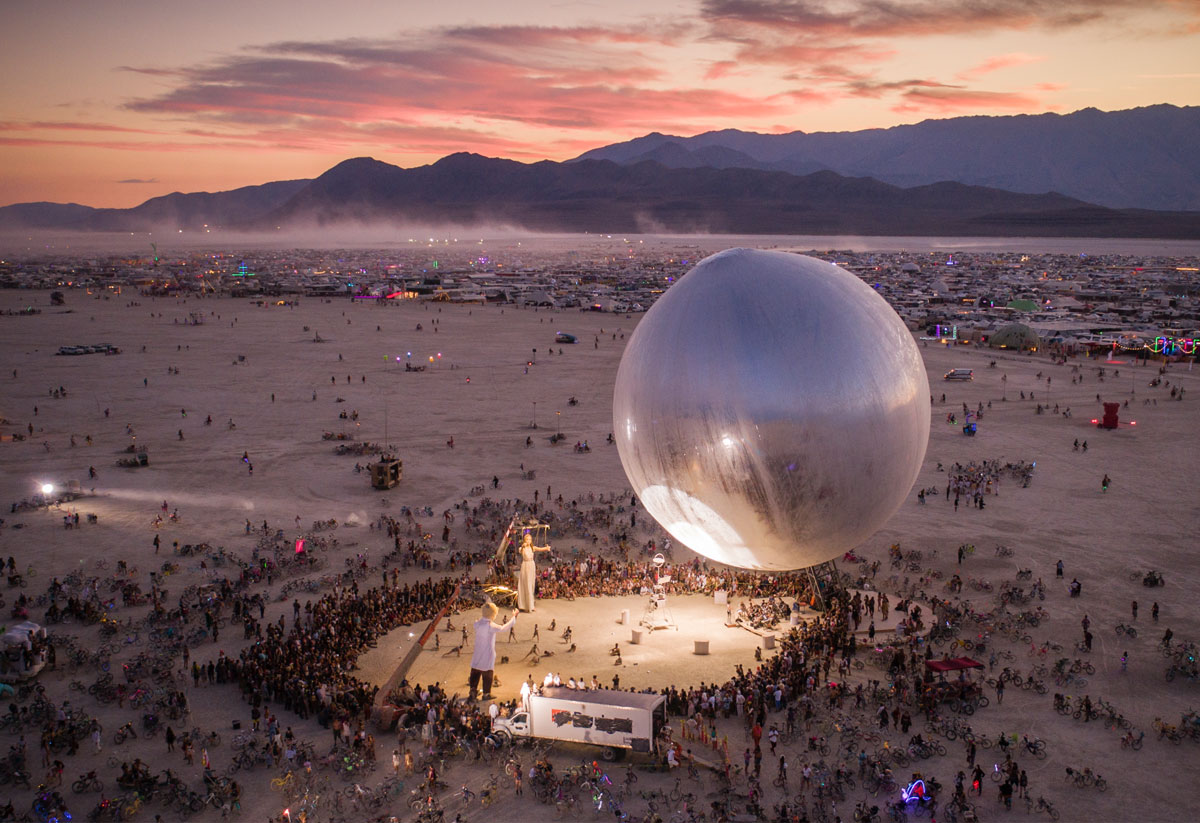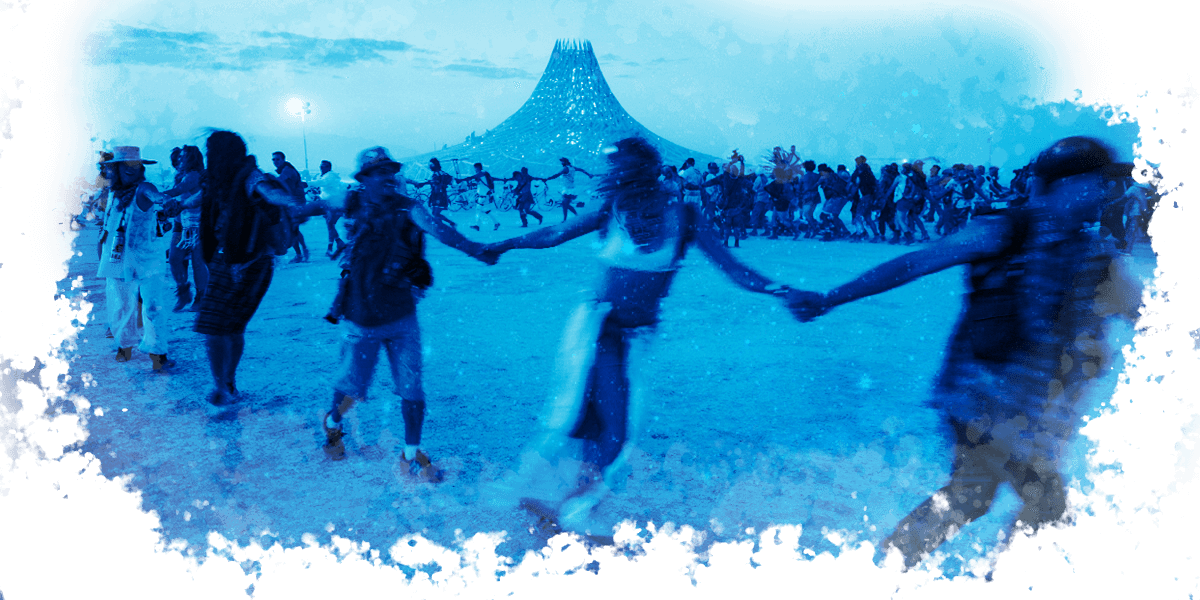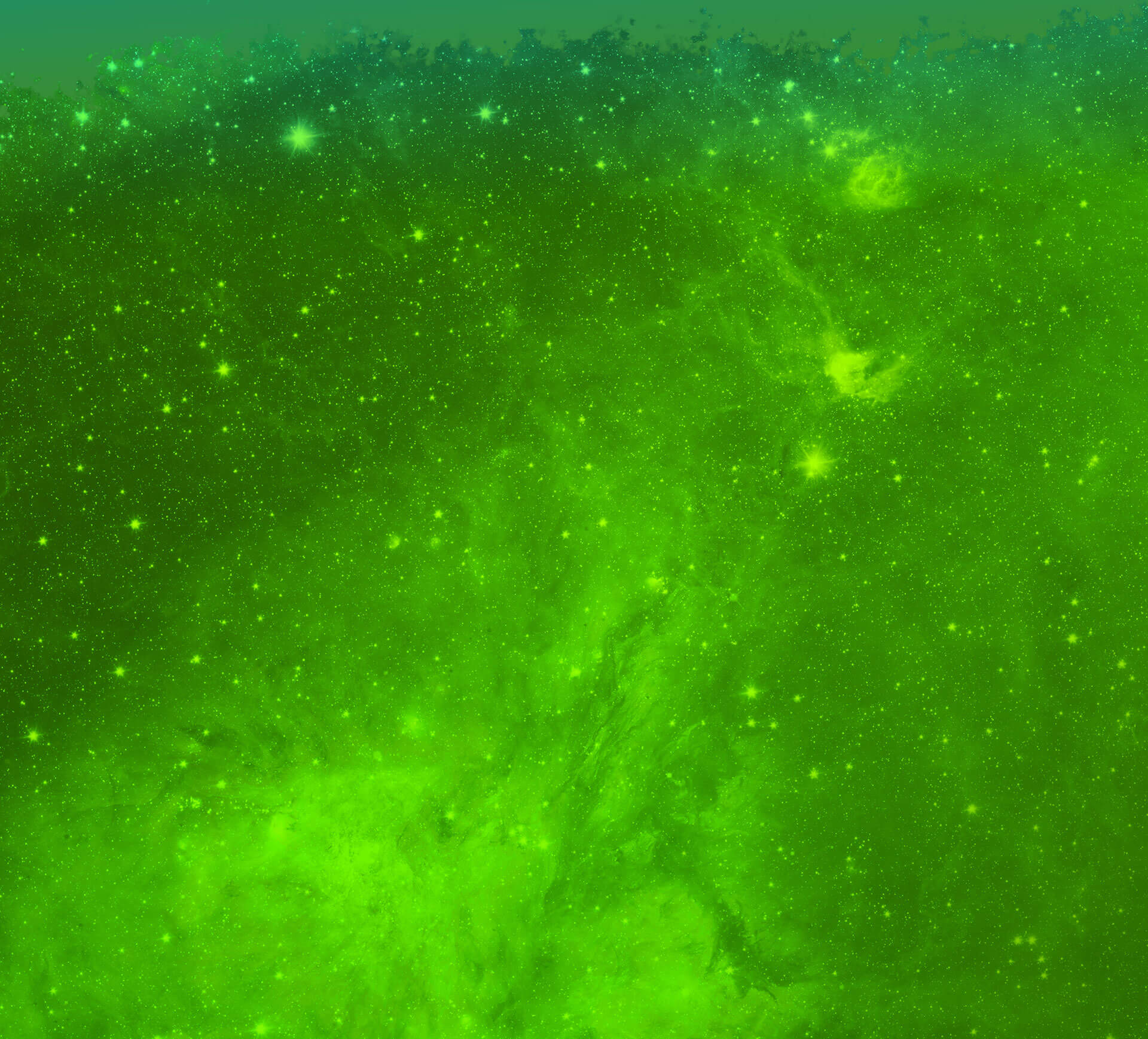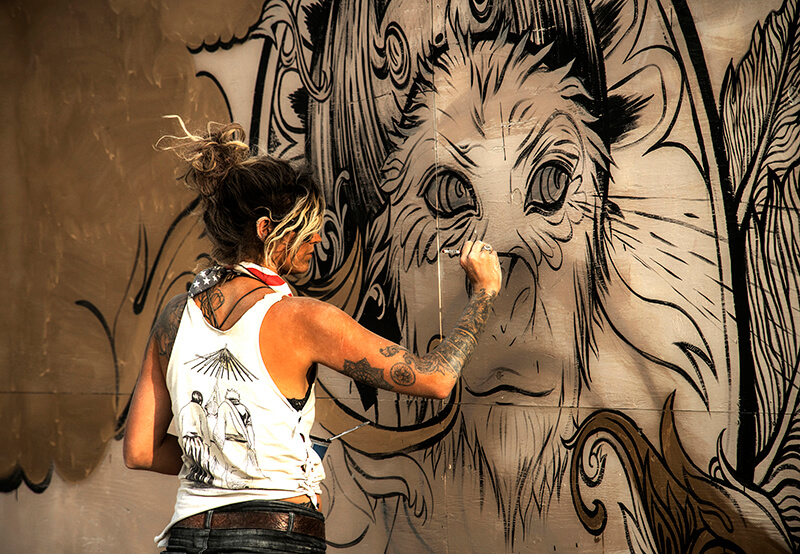 The Black Rock Desert is where our culture took root, and the annual gathering in Nevada is still the largest annual expression of the Burning Man ethos. It is our launchpad to the broader world. Our work now is to manage costs and capacity while protecting the event and the ways it serves as a catalyst for promoting cultural change beyond the event in the desert.
The Black Rock Desert is where our culture took root, and the annual gathering in Nevada is still the largest annual expression of the Burning Man ethos. It is our launchpad to the broader world. Our work now is to manage costs and capacity while protecting the event and the ways it serves as a catalyst for promoting cultural change beyond the event in the desert.
Our hope is that people who participate in Black Rock City become positive, productive, and engaged citizens in their year-round homes and communities. Being a good Burning Man citizen starts with being prepared and understanding that Burning Man works best when everyone participates.
 This year we took steps to nurture a sense of citizenship in participants, and to reinvest in the cultural ethos that sets Burning Man apart from mass-produced events.
This year we took steps to nurture a sense of citizenship in participants, and to reinvest in the cultural ethos that sets Burning Man apart from mass-produced events.
 Project Citizenship is a concentrated, cross-departmental effort to educate potential and returning participants on many of the values we hold dear. In 2018, the project focused on topics like preventing the commodification of Burning Man, celebrating the small, and taking personal responsibility. We shared this information through targeted emails to ticket buyers, short quizzes in Burner Profiles and the ticketing page, Burning Man Journal posts, a shift in Instagram content, and other campaigns.
Project Citizenship is a concentrated, cross-departmental effort to educate potential and returning participants on many of the values we hold dear. In 2018, the project focused on topics like preventing the commodification of Burning Man, celebrating the small, and taking personal responsibility. We shared this information through targeted emails to ticket buyers, short quizzes in Burner Profiles and the ticketing page, Burning Man Journal posts, a shift in Instagram content, and other campaigns.
We also launched another big initiative in 2018 called ‘Black Rock City Cultural Direction Setting.’ This project aims to examine and shift how we think about placement, camps, and residential BRC over the next five to 10 years.  To engage the community about these issues, we created a survey with questions about residential BRC, camp sizes, and cultural concerns and considerations. In just three weeks it generated over 4,800 responses from 78 countries. This work will help establish a new baseline for how the community views itself and what steps Burning Man Project might take towards creating effective change. This is citizenship in action.
To engage the community about these issues, we created a survey with questions about residential BRC, camp sizes, and cultural concerns and considerations. In just three weeks it generated over 4,800 responses from 78 countries. This work will help establish a new baseline for how the community views itself and what steps Burning Man Project might take towards creating effective change. This is citizenship in action.
Burning Man Project’s mission is to share Burning Man culture beyond the playa, and as we continue to find ways to live the 10 Principles beyond the trash fence, we believe it’s more important than ever to insure Black Rock City is the strongest possible manifestation of our ethos. This means investing new energy in our city in the desert, and preserving and protecting.
